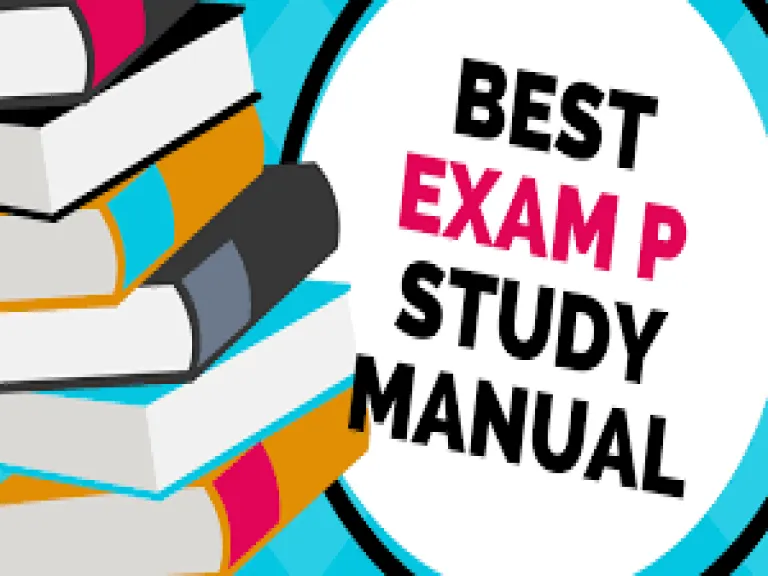
Distance education is a field of teaching that focuses on technology and instructional system design that aim to deliver education to students who are not physically on-site, in such programs teachers and students may communicate at times of their own choosing by exchanging printed or electronic media, or through technology that allows them to communicate in real time. Many courses of study have currently adapted some sort of use of non-traditional technology to assist students in their studies from non-campus based locations.
Many professions in both the medical and nursing field are now beginning to catch up with other fields in developing on-line study and review program utilizing new distance education technology, with newer developing distance education, students may not be required to be present in a classroom. Older models of distance education utilized regular mail to send written material, videos, audiotapes, and CD-ROMs or other media storage format, such as SD cards given to the student and to turn in the exercises. Today's distance education course makes use of E-mail, the Web, and video conferencing over broadband network connections for both wired physical locations and wireless mobile learning. Often the material is supplemented by television and radio programming.
Distance education programs are sometimes called correspondence courses, however in most courses of study this term has been replaced by distance education and expanded to encompass more sophisticated virtual technologies and internet based delivery methods. Many educators ask if distant students learn as much as students receiving traditional face-to-face instruction. Research comparing distance education to traditional face-to-face instruction indicates that teaching and studying at a distance can be as effective as traditional instruction, when the method and technologies used are appropriate to the instructional tasks, there is student-to-student interaction, and when there is timely teacher-to- student feedback (see: Moore & Thompson, 1990; Verduin & Clark, 1991).
Research indicates that the instructional format itself of interactive video and distance education vs. videotape vs. live traditional instructor has little effect on student achievement as long as the delivery technology is appropriate to the content being offered and all participants have access to the same technology. Other conclusions drawn from this line of research suggest that achievement on various tests administered by course instructors tends to be higher for distant as opposed to traditional students (Souder, 1993), yet no significant difference in positive attitudes toward course material is apparent between distant and traditional education (Martin & Rainey, 1993).
Without exception, effective distance education programs begin with careful planning and a focused understanding of course requirements and student needs. Appropriate technology can only be selected once these elements are understood in detail. There is no mystery to the way effective distance education programs develop. They don't happen spontaneously; they evolve through the hard work and dedicated efforts of many individuals and organizations. In fact, successful distance education programs rely on the consistent and integrated efforts of students, faculty, facilitators, support staff, and administrators. Many vocational healthcare fields are now beginning to explore the use of internet based distance education technology in basic level instruction and review programs. This is the case in a program that was developed by St. Augustine Nursing Assistant School to provide students with an introductory working knowledge to enter basic level healthcare occupations. However, students should consult with local governmental regulatory agencies and potential employers or future schools to assure scuh programs will meet their needs and ultimate goals. The quality of distance learning has greatly improved in the past few years, as both students and educators have become more comfortable with the technology and will without doubt play a major role in the education of many healhcare professionals in the future.

- The fight headlines the card from the UFC APEX in Las Vegas Usman will be making the third defense of the belt he won from Tyron Woodley

- Further, these loans are categorized in to secured and unsecured form. Secured form of the loans can be availed only by pledging collateral
.jpg)
- The first form of crack is called an oblique supragingival fracture. This fracture is located over the gums, and typically happens when you chew down too hard o

- Book your Flight Ticket get amazing deals & discounts on Southwest Airlines Reservations by dialing+1-855-948-3805. Get unpublished deals